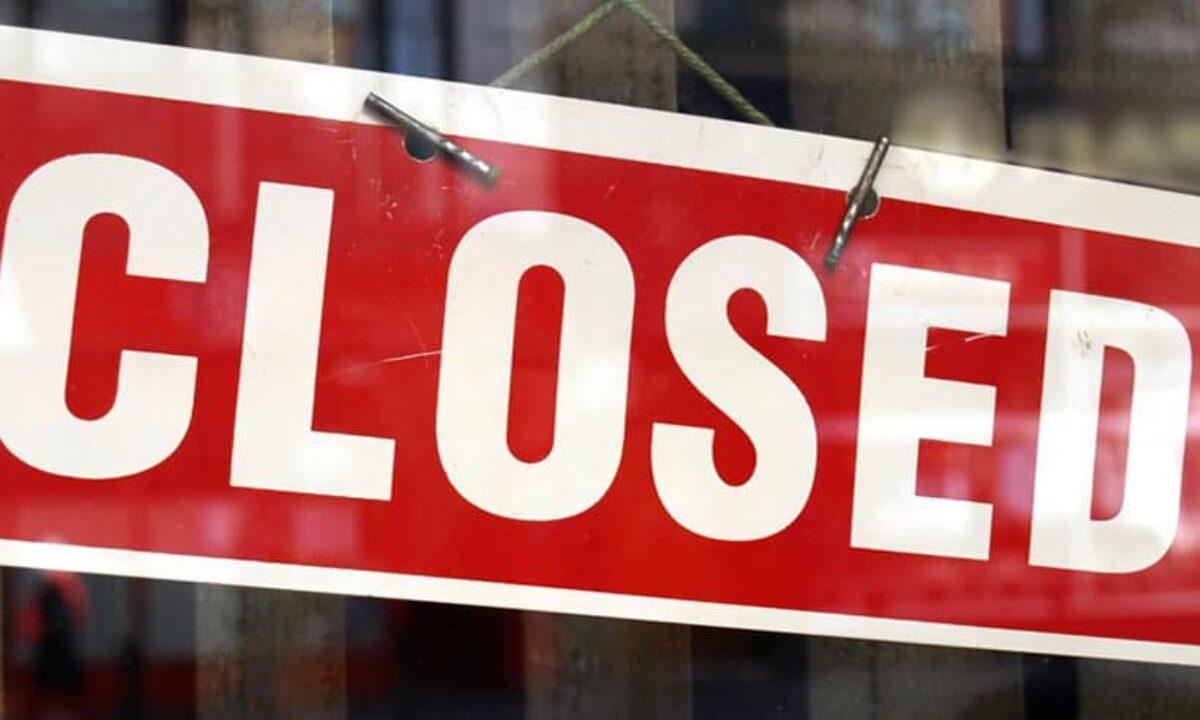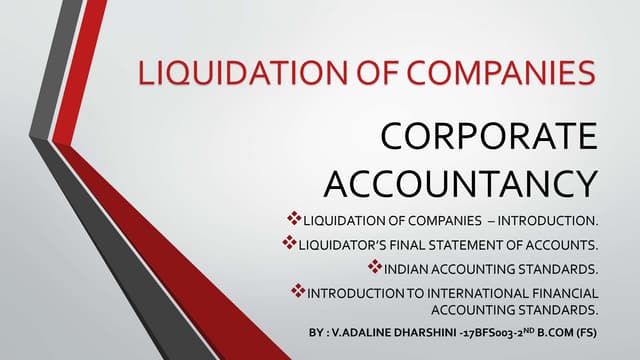More About Company Liquidation
Fascination About Company Liquidation
Table of ContentsSome Ideas on Company Liquidation You Should KnowCompany Liquidation - TruthsCompany Liquidation for DummiesThe Best Guide To Company LiquidationExcitement About Company Liquidation
A liquidator is specifically selected to supervise the ending up of a business's events in order for it to be shut down commonly when the company is declaring bankruptcy. The liquidator is an unbiased third celebration who manages the sale of company assets in order to settle any type of arrearages.Their duty consists of, however is not limited to: Objective Movie director: A liquidator is tasked with functioning as an objective 3rd party to oversee the entire business liquidation process. Create Declaration of Matters: Liquidators must develop a comprehensive declaration of affairs record. This paper is dispersed to financial institutions, outlining the current financial status of business at the time of its liquidation.
After the liquidation of a business, its existence is removed from Firms House and it discontinues to be a lawful entity. If directors navigated the process uncreative, there would certainly be no fines or individual liability for strong financial debts anticipated. Currently, with a tidy slate, directors can discover new service chances, though specialist consultation is recommended.
Company Liquidation Can Be Fun For Anyone
For example, if more than 90% of all firm investors agree, liquidation can take location on short notice within 7 days, the minimal statutory notice for financial institutions. Nonetheless, normally, the bigger the liquidation and the more assets and resources business has, the longer the process will certainly take. 'Do I have to pay to liquidate my company?', the answer will certainly rely on whether or not your service has any kind of properties remaining when selling off.

We comprehend that no two firms are the very same, which is why we will certainly take the time to be familiar with your service so we can recommend the most effective strategy for you. We only work in your best interests, so you can be totally certain in the service we provide.
Everything about Company Liquidation
In the UK, there is a set process to folding or reorganizing a minimal firm, whether it is solvent or bankrupt. This process is referred to as liquidation and can only be taken care of by a licensed bankruptcy expert (IP) in conformity with the Insolvency Act 1986. There are four major sorts of company liquidation process: Financial institutions' Volunteer Liquidation (CVL); Mandatory liquidation; Administration; and Participants' Voluntary Liquidation (MVL).

In these situations, it is essential that the company ceases trading; if business continues to trade, the directors can be held directly responsible and it might lead to the insolvency specialist reporting wrongful trading, referred to as misfeasance, which may lead to lawsuit. The directors designate an insolvency practitioner and as soon as this go to the website has been agreed and verified, there is a conference with the shareholders.
Naturally, if there are no shareholders, this step of the procedure is not necessary (Company Liquidation). The IP takes control of the firm and starts the firm liquidation process. The supervisors are no longer associated with what happens, consisting of the sale of the business's properties. Nevertheless, if the supervisors want any of the properties, they can notify the IP.
The Best Guide To Company Liquidation
The main difference is that the firm's creditors related to the court for a winding up order which requires the bankrupt business right into a liquidation procedure. Financial institutions take this activity as a last resort since they haven't gotten settlement via various other kinds of arrangement. The court selects a bankruptcy Related Site specialist, also known as an official receiver, to conduct the mandatory company liquidation procedure.
This kind of business liquidation is not voluntary and supervisors' conduct is reported to the UK's Assistant of State once the liquidation process has been finished. For that reason, any director that fails to work together with the IP or has been included in supervisor transgression, or an illegal act, may cause significant repercussions (Company Liquidation).
It is used as a way to protect the firm from any type of lawful activity by its creditors. The supervisors of the business agree to make normal payments to resolve their financial obligations over a period of time.
The Ultimate Guide To Company Liquidation
This offers the firm with time to develop a strategy moving forward to rescue the business and avoid liquidation. At this factor, supervisors hand control of the business next page over to the assigned manager. If a business is solvent yet the directors and investors desire to shut business, a Participants Volunteer Liquidation is the right alternative.
The firm liquidation process is handled by a liquidator assigned by the directors and investors of the company and they have to sign an affirmation that there are no lenders continuing to be. The liquidation process for an MVL is comparable to that of a CVL because assets are understood however the profits are dispersed to the directors and the shareholders of the company after the liquidator's costs have been paid.